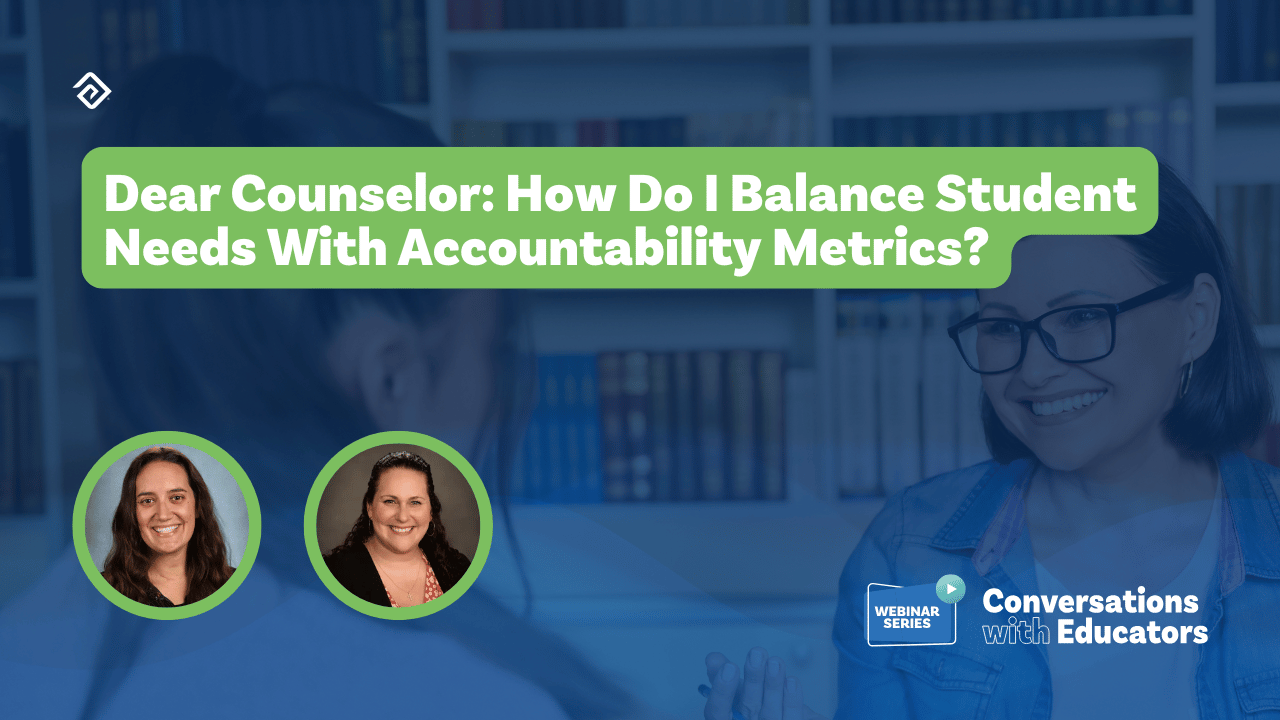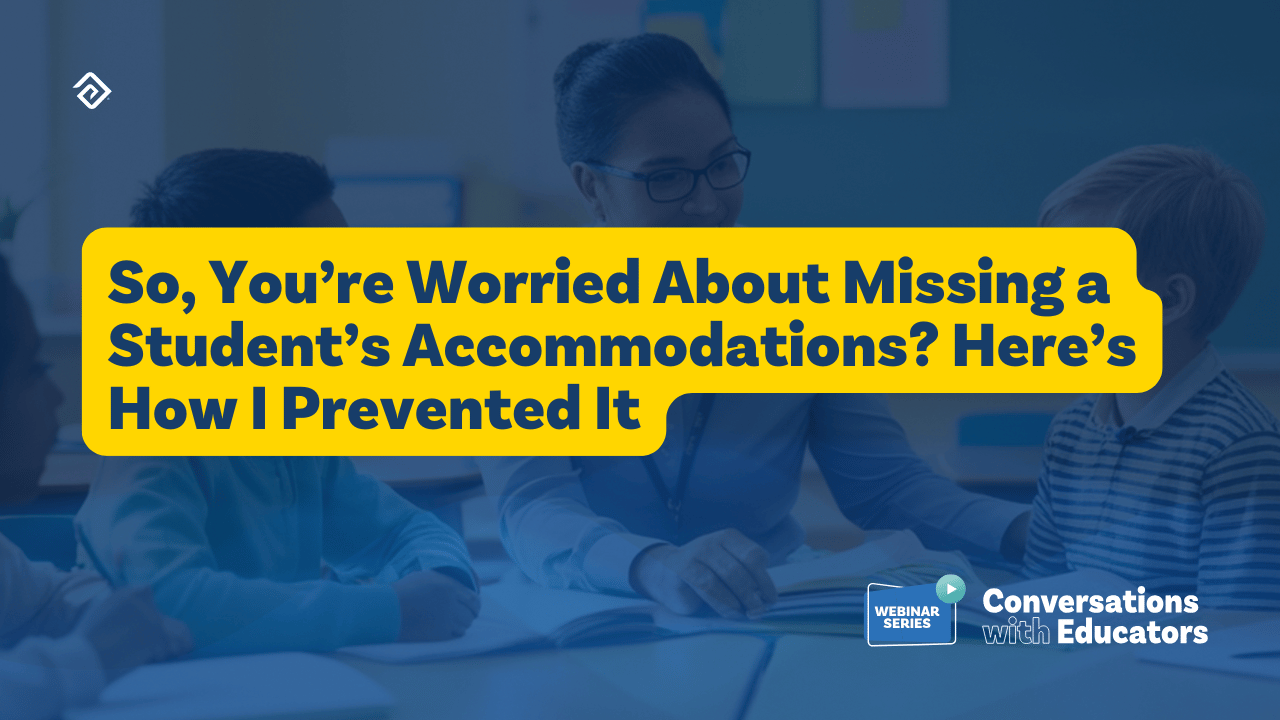The Simple Lesson Plan Template: Simplifying the Lesson Plan Process
A lesson plan is a teacher's overview of how they intend to address a particular topic to educate students. It provides a guideline for presenting the material, including resources, assessments, and student work, as well as the accommodations and modifications necessary to accomplish the target goals and save teachers time.
Here are some examples of simple lesson plan templates to jumpstart any teacher’s lesson planning:

Three Types of Traditional Lesson Plans
A traditional lesson plan divides into sections and subsections that include the minutiae of the lesson and unit planning so that any teacher or substitute teacher can understand the objective and take over the class in an emergency.
Understanding By Design (UbD) Framework
Understanding by Design (UbD) framework is a process of backward curriculum design that ensures curriculum, content, and assessments align with the specific outcomes and transferable skills the school wants to impart to students. UdB emphasizes intentionality and student understanding. There are four steps to UdB lesson plans.
Step 1: Identifying desired results - Start to design the plan by placing the desired results for the lesson, unit, or exercise at the forefront of the plan. Identifying the specific content knowledge or skill set teachers will expect from their students helps to narrow the focus of the plan.
Step 2: Determining a method of assessment - Decide how best to assess learning. The assessment should measure a student’s ability to achieve the school’s educational goals through summative and formative assessments.
Step 3: Planning instruction and learning experiences - Plan learning experiences designed to support educational goals and assessments with a deliberate focus on how the learning experiences support skill acquisition, transfer, and meaning-making.
Step 4: Reflecting and Reviewing - After designing individual lessons or the entire unit, it is essential to revisit step 1 to measure how effectively the students’ learning experiences align with the overall educational goal.
1. Detailed Lesson Plan
A detailed lesson plan is a comprehensive plan that includes a precisely scheduled timeline of detailed information on all aspects of the lesson. Plans have in-depth topic information and presentation, discussion questions, step-by-step instructions for activities, assignments with instructions, and all assessments.
While these lessons can be invaluable for beginning or substitute teachers, they are time-consuming to develop. They can also slow down a class if a teacher following the plan must constantly refer back to it to ensure that all steps and information are delivered as written. Detailed lesson plans require teachers to study the extensive plan prior to teaching in order to achieve successful implementation, which requires a substantial investment of teacher time.
2. Semi-detailed Lesson Plan
A semi-detailed lesson plan focuses on the lesson for that day but doesn't delve into each subtopic. Instead, the plan would include only the learning target and a summary of the required information. For example, in a history class, the lesson plan might list the topic’s significant events along with a short list of objectives, activities, and assessments to give the teacher a general idea of the lesson.
Teachers looking for a more user-friendly lesson plan could convert this medium-content plan more flexibly than other templates.
Benefits of Using a Simple Lesson Plan
Experienced teachers should view the lesson plan as a guide to remind them:
- What topic they are teaching
- How they will present the material
- What activities or assignments correlate with the topic
Using a template saves teacher work hours and unifies all the lesson plans in a school so that any teacher or substitute can step in to teach the class when needed. The lesson plan template should include:
- Student objectives and learning goals
- A pre-assessment to ascertain prior learning
- Instructions for learning activities
- Assignments that allow teachers to monitor student progress
- Activities and technology designed to engage students
- Opportunities for students to generate ideas and ask questions
- Organized timeline with flexible options to accommodate lesson duration
How to Prepare a Simple Lesson Plan
When designing a simple lesson plan, the key is to keep the content straightforward.
- Set learning goals - An objective helps the teacher remember the lesson's primary purpose. Lessons should be based on national/state standards and described in the plan. Goals should be reasonable and realistic.
- Write the objective for the lesson plan - Write the lesson objective at the top of the page so that no one teaching it will forget or get off course. Any teacher or observer should immediately understand what the lesson plan intends to teach.
- Use real-life examples - Real-life examples help the students to relate to the lesson and understand how the concept transfers to the real world.
- Keep information on-topic - With limited space in this lesson plan style, it is crucial that all content is on-topic and designed to achieve the targeted learning goal(s).
- Include assignments for student self-assessment - Self-assessment is vital to measuring student comprehension. Design a self-assessment questionnaire or activity that allows students to evaluate themselves.
- Know your students and their individual needs - Each student responds to different learning styles. Use various teaching methods to ensure students can approach the material using their strengths.
- Prepare timelines for individual lessons and the entire unit - Prepare extra material in case a class runs short while providing a few shortcuts in the event students need more time to complete objectives.
The 4A's of the Simple Lesson Plan
The 4A’s make it easy to remember what type of information should appear on a simple lesson plan based on student needs.
- Activating prior knowledge - Before venturing into the new material, it is important to connect this lesson to previous lessons and prior knowledge. That means providing a quick refresher on what the students have already learned as well as making connections to their personal lives to increase student engagement and comprehension.
- Acquiring new knowledge - Next, introduce the new material and instruct students on the knowledge they need to be successful.
- Applying the knowledge - After learning something new, show students ways to apply the learnings to the real world, so students can understand why the material is essential.
- Assessing the knowledge - Through formative and summative assessment, teachers can evaluate how well the students have grasped the concept and provide assistance or remediation as necessary to ensure student success.


More Great Content
We know you'll love



